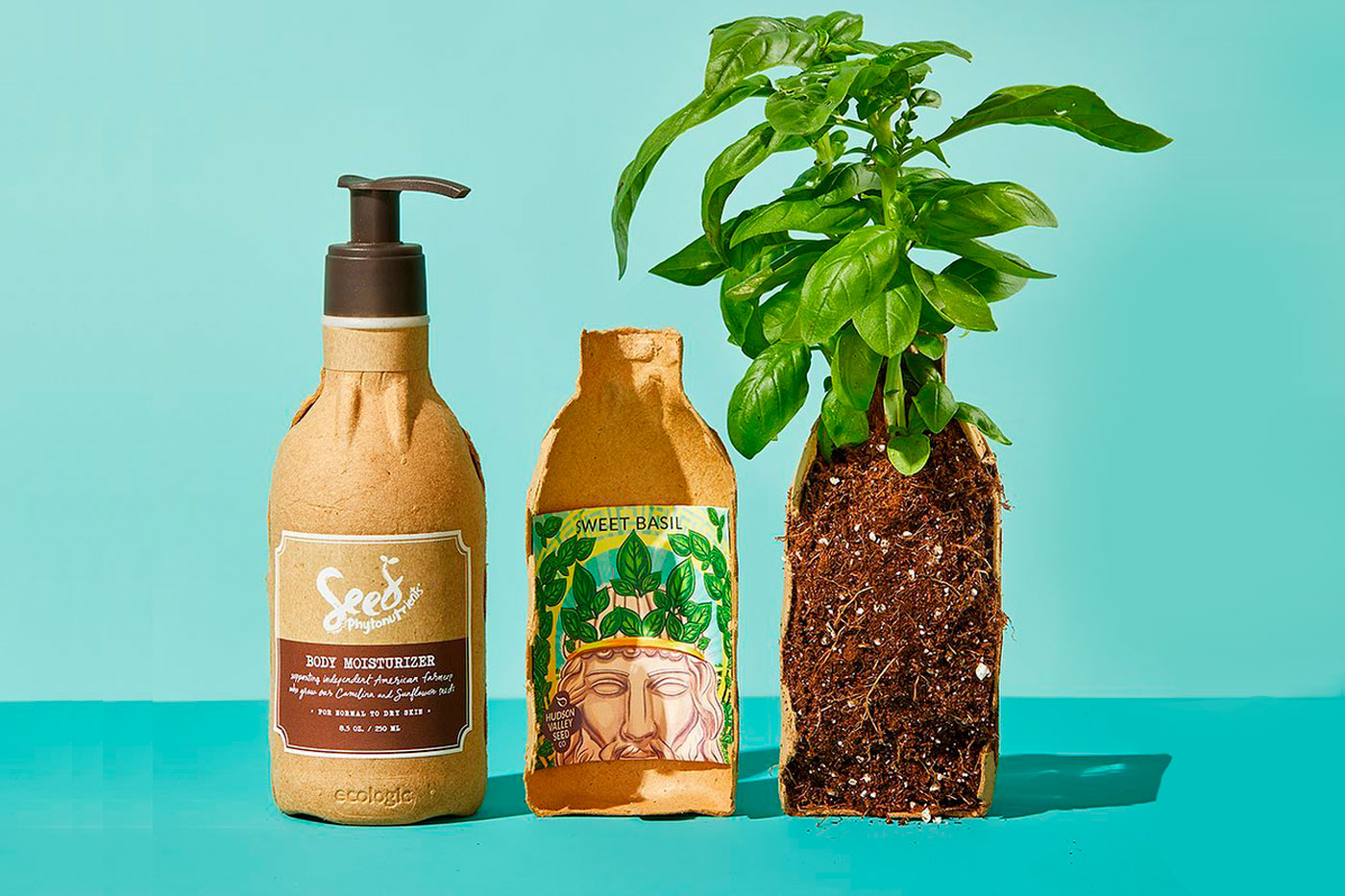
In a world increasingly conscious of environmental and ethical concerns, the demand for sustainable products is on the rise. From food and clothing to electronics and furniture, consumers are seeking out goods that minimize their environmental footprint and support ethical practices. However, with greenwashing becoming more prevalent, it can be challenging to separate genuinely sustainable products from those that merely claim to be. This guide aims to provide practical tips on identifying certified sustainable products, empowering you to make informed and responsible purchasing decisions.
Understanding Sustainability Certifications
Before identifying certified sustainable products, it’s essential to understand what sustainability certifications entail. Sustainability certifications are third-party assessments that verify whether a product meets specific environmental, social, and ethical standards. These standards can vary depending on the certification body and the product category. Some of the most recognized sustainability certifications include Fair Trade, USDA Organic, Forest Stewardship Council (FSC), and Energy Star.
Look for Recognized Labels
One of the easiest ways to identify certified sustainable products is by looking for recognized labels and certifications on the packaging. These labels indicate that the product has undergone rigorous evaluation and meets established sustainability criteria. For example, the USDA Organic label certifies that food products have been produced without synthetic pesticides or genetically modified organisms (GMOs). Similarly, the Fair Trade label ensures that products have been sourced from producers who adhere to fair labor practices and environmental standards.
Do Your Research
In addition to relying on labels, conducting some research can help you identify certified sustainable products. Take the time to familiarize yourself with reputable sustainability certifications relevant to the products you’re interested in purchasing. Visit the websites of certification bodies to learn about their standards and criteria. Many certification programs provide online databases or directories to search for certified products and brands.
Check for Transparency and Accountability
When assessing a product or brand’s sustainability, transparency and accountability are crucial factors to consider. Please look for companies that openly disclose information about their supply chains, sourcing practices, and environmental impact. Transparency indicates a commitment to accountability and allows consumers to make informed decisions about the products they purchase. Additionally, companies that engage with stakeholders, respond to inquiries and participate in sustainability reporting demonstrate a genuine dedication to sustainability.
Evaluate Environmental Impact
Assessing the environmental impact of a product involves considering its entire lifecycle, from raw material extraction to disposal. Look for products designed with sustainability in mind, such as those made from renewable or recycled materials. Consider the energy and water consumption associated with production, transportation, and use. Products with lower carbon footprints and reduced resource consumption are generally more environmentally sustainable.
Consider Social and Ethical Factors
Sustainability encompasses not only environmental considerations but also social and ethical factors. When identifying certified sustainable products, consider the social and labor practices of the companies behind them. Look for certifications such as Fair Trade, which ensures that producers receive fair wages and operate under safe working conditions. Additionally, consider the impact of products on local communities and indigenous peoples, particularly in industries such as agriculture and mining.
Support Transparent Supply Chains
The complexity of modern supply chains makes it challenging to trace products’ origins and ensure their sustainability. However, supporting companies with transparent supply chains can help promote greater accountability and ethical sourcing practices. Look for brands prioritizing supply chain transparency and engaging in initiatives such as traceability programs and partnerships with suppliers committed to sustainability.
Beware of Greenwashing
Greenwashing refers to the deceptive practice of marketing products as environmentally friendly or sustainable when they do not meet established criteria. To avoid falling victim to greenwashing, scrutinize product claims and look for substantiated evidence of sustainability. Be wary of vague or exaggerated language and seek credible third-party certifications and endorsements. Remember that genuine sustainable products are backed by transparent practices and verifiable credentials.
Conclusion
Identifying certified sustainable products requires diligence, research, and critical thinking. You can make more informed and responsible purchasing decisions by familiarizing yourself with recognized sustainability certifications, evaluating environmental and social factors, and supporting transparent supply chains. Remember to be vigilant against greenwashing and prioritize products that have undergone third-party verification. Together, we can drive positive change towards a more sustainable future.
Click here for more info: World Sustainability Foundation expands natural habitat of lemurs in Madagascar’s Maromizaha Forest






